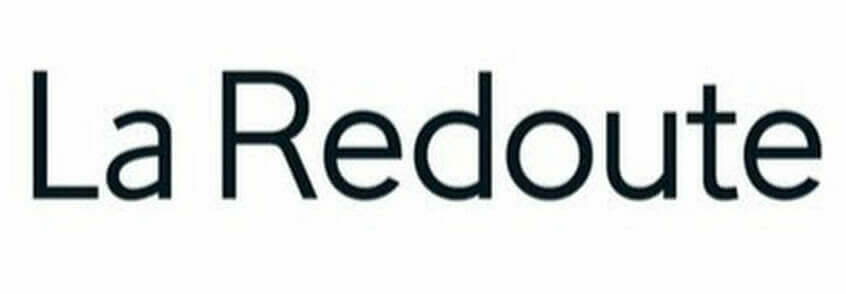Radical change of Lifestyles, new fluidity between generations, the influence of very young Gen Z and Alpha…In a few months, priorities have shifted, shaped by the emergence of new tribes with less formal but more demanding behaviours.
To better anticipate the attitudes and desires of these new consumer profiles, our experts Martine Chadenier and Mai N’Guyen, share their insights on the evolution of lifestyle, values and children’s fashion.
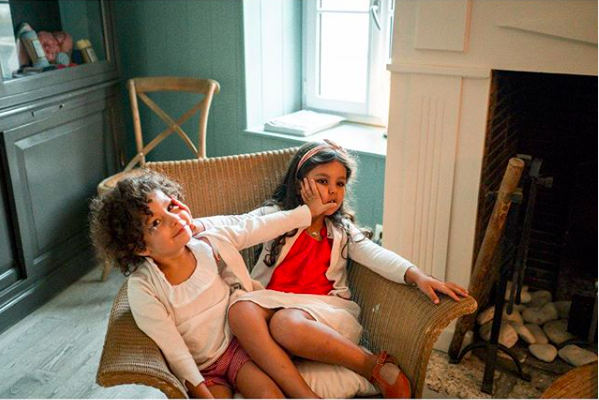 courtesy of @izinessblog
courtesy of @izinessblog
Sandrine Maggiani: How do you define these new tribes and what is their power of influence on brands?
Martine Chadenier : Over the last few seasons, we have observed that children’s brands in particular, are often stuck in old business models and continue to communicate and above all build their fashion collections but also their lifestyle and decoration collections regardless of societal changes.
This was an opportunity for us to offer an approach that is no longer built on segment but by lifestyle, by tribe. That’s why we have been working on the basis of Peclers Archestyles methodology.
Our Archestyles are both, aspirational and operational portraits that allow us to draw up a precise and personalised image of each type of consumer, breaking away from the current segmentations to build more agile and creative ones. Embodied, enriched by new aesthetic preferences and values, new usages and experiences, our Archestyles evolve each season to allow brands to ground themselves in a changing reality and anticipate the attitudes and desires of their new tribes.
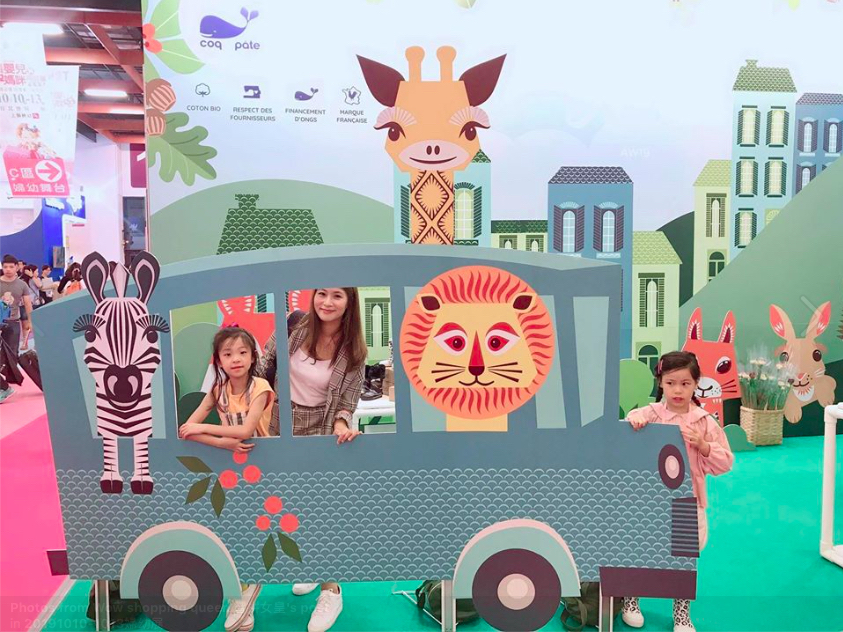 courtesy of @coqenpate and @wowshoppingqueen
courtesy of @coqenpate and @wowshoppingqueen
SM: What will change in the expectations and needs of these new family tribes, especially in their way of living and consuming children’s fashion, but also decoration?
Mai NGuyen: This crisis has accelerated the need to slow down wasteful over-consumption, to prioritize sustainability in order to restore value to products. Children’s fashion, which had been stuck in recent years in a frenetic pace, is no longer in line with the expectations of more committed customers, anxious to make thoughtful purchases to meet a real need for essential products that are easy to mix and made to last.
SM: How will brands have to adapt to meet the expectations of these new and more demanding tribes who want to “consume better”?
MC: First of all, being agile and listening to its consumers is more than ever essential to adapt.
Breaking out of the rhythms based on adult fashion and fast-fashion and readjusting the calendar of collections to offer products when parents really need them.
Creating timeless products without fear of becoming a boring brand, in fact the opposite is true, it allows us to be inventive. For example, by upcycling materials and details from previous collections.
Integrating the “second hand” model into their strategy.
Enhancing quality to satisfy consumers who are particularly attentive to materials and their origins.
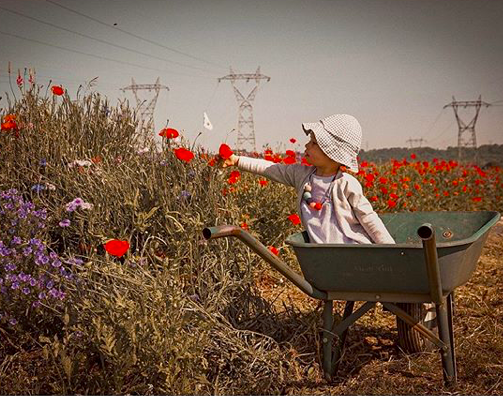 courtesy of@izinessblog
courtesy of@izinessblog
Returning to local manufacturing and production. This is the case of emerging children’s fashion brands that are setting an example.
Overdeveloping transparency in production processes and throughout the entire value chain and this concerns all markets, including low-price fashion.
SM: For a brand that is wondering about its evolution as it emerges from the crisis, or even about its survival, what types of products or strategies to capitalize on?
MNG: Because this period will continue to change the consumption habits of these families-tribes, the development of collections will focus on products that are helpful, useful, protective without being boring. The creation of capsules and thoughtful collaborations in phase with events, context, needs…
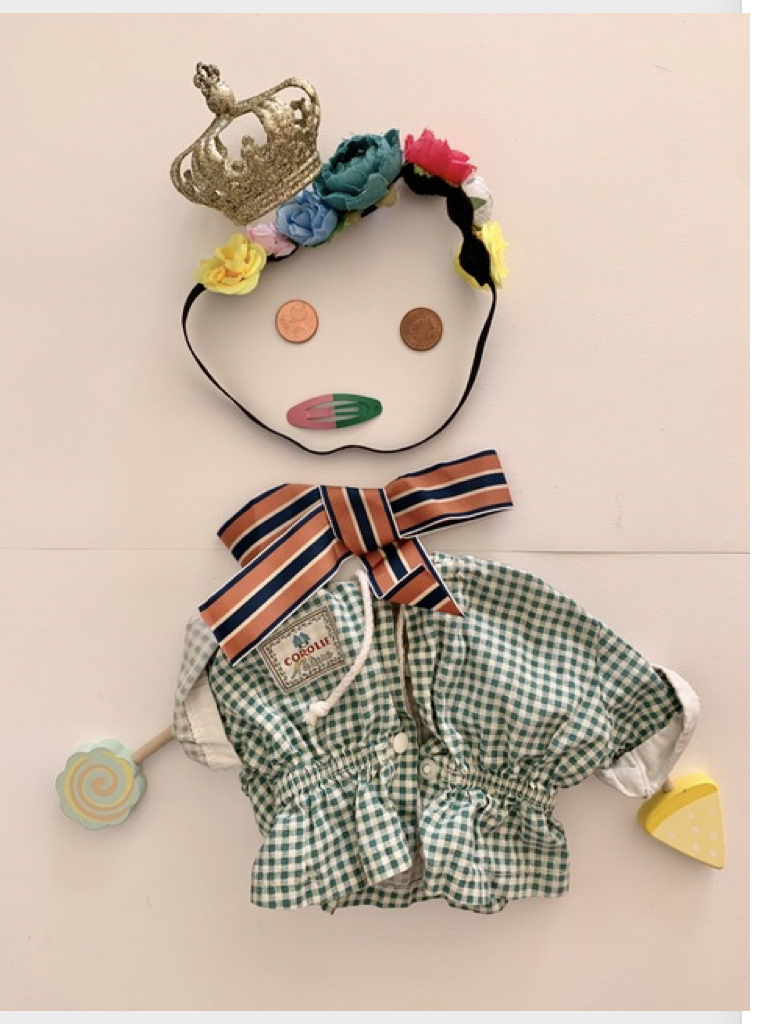 Peclers
Peclers
SM: In this uncertain context, how can Peclers teams provide efficient support to brands to seize these opportunities for change?
MC: We are real strategic and creative partners. On the one hand, our Kid&Baby Peclers trend books inspire new seasonal designs and allow brands to better anticipate the emergence of influential tribes.
On the other hand, our teams work alongside brands to accompany them in this more global approach to product, manufacturing, distribution and brand commitment. With our teams, we can provide these insights in a consulting collaboration because there is not a single answer addressed to our clients to find out what is essential, what will bring value to their brand and to look beyond the latest trends.
Our consulting teams are available to work by your side. To learn more about our offers, contact us





